

  |
Install the software on a client computer that is connected to a NAS file server that you want to protect and satisfies the minimum requirements specified in the System Requirements.
To backup the NAS data, you need to install the MediaAgent software which includes the NAS iDataAgent. If the library is attached to the MediaAgent, you need to install the NDMP Remote Server software.
The following procedures describe the steps for installing both the MediaAgent and the NDMP Remote Server. You can skip this installation step if you have already installed the MediaAgent.
Installation |
Before You Begin |
||
|
Download the latest software package to perform the install. Make sure that the computer in which you wish to install the software satisfies the System Requirements. |
| 1. | Log on to the client computer as Administrator or as a member of the Administrator group on that computer. | |||
| 2. | Run Setup.exe from the Software Installation Package. | |||
| 3. |
Select the required language. Click Next. |
 |
||
| 4. |
Select the option to install software on this computer.
|
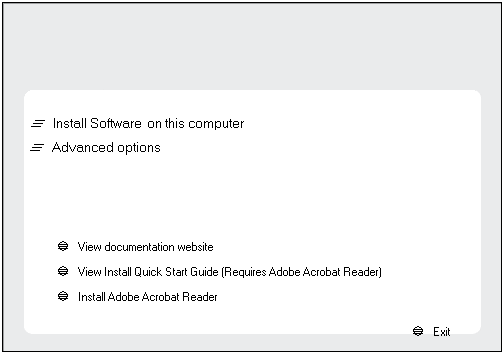 |
||
| 5. |
Select I accept the terms in the license agreement. Click Next. |
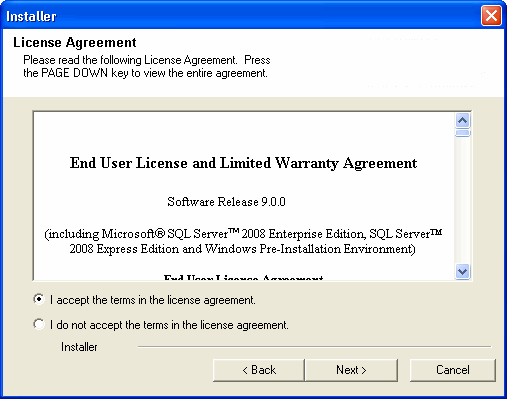 |
||
| 6. | Expand MediaAgent Modules and select MediaAgent.
Expand Client Modules | Backup & Recovery | File System and select Windows File System iDataAgent. Click Next. |
 |
||
| 7. |
If this computer and the CommServe is separated by a firewall, select the Configure
firewall services option and then click Next.
For firewall options and configuration instructions, see Firewall Configuration and continue with the installation. If firewall configuration is not required, click Next. |
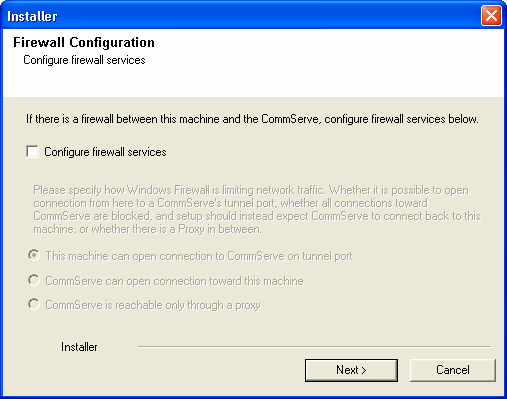 |
||
| 8. |
Enter the fully qualified domain name of the CommServe
Host Name. Click Next.
|
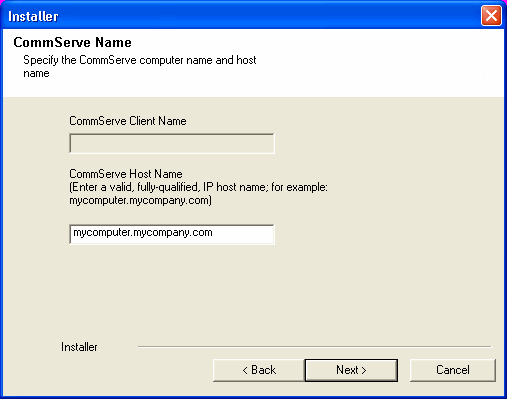 |
||
| 9. | Click Next. |
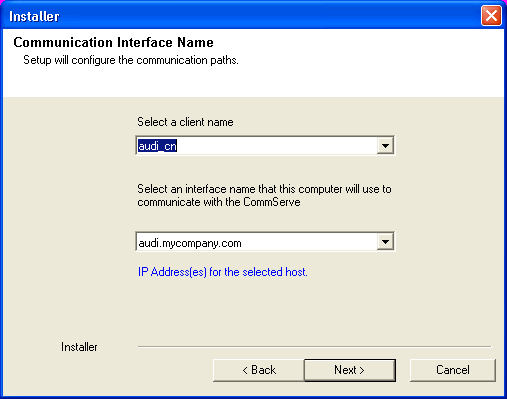 |
||
| 10. |
Select Add programs to the Windows Firewall Exclusion
List, to add CommCell programs and services to the Windows Firewall
Exclusion List. Click Next.
|
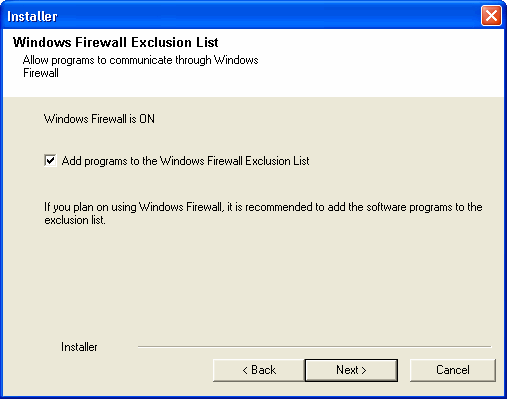 |
||
| 11. |
Verify the default location for software installation. Click Browse to change the default location. Click Next.
|
 |
||
| 12. | Click Next. |
 |
||
| 13. | Click Next. |
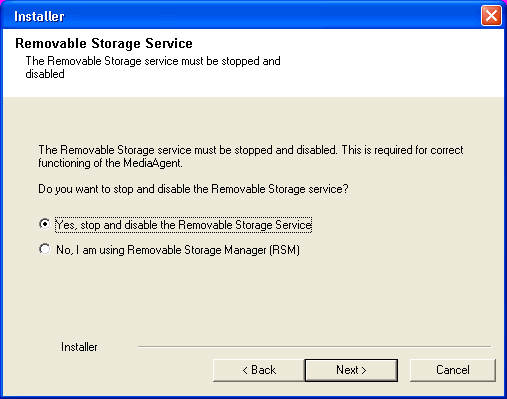 |
||
| 14. | Click Next. |
 |
||
| 15. | Click Next. |
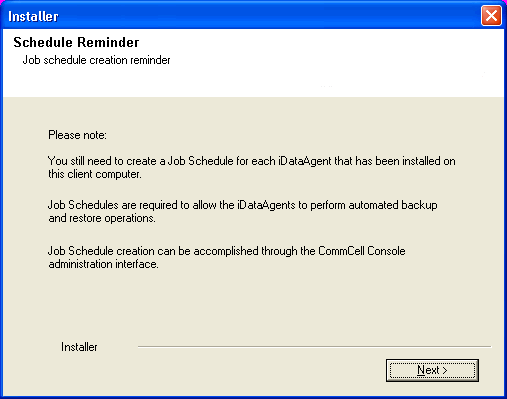 |
||
| 16. | Click Finish. |
 |
  |